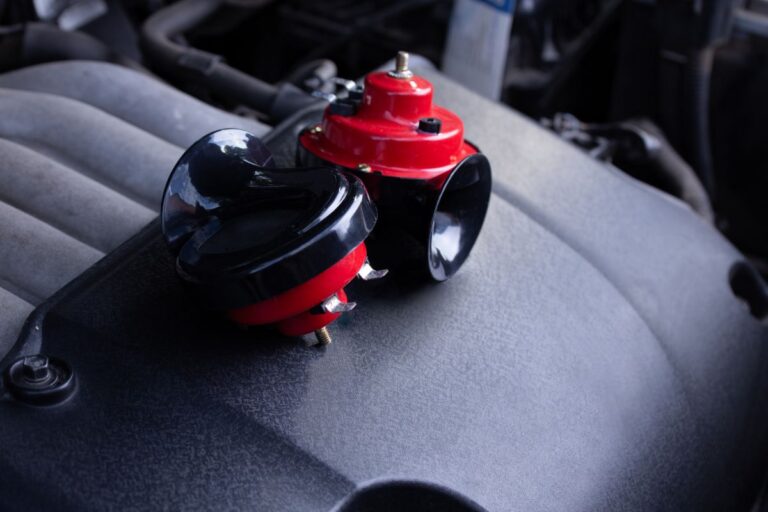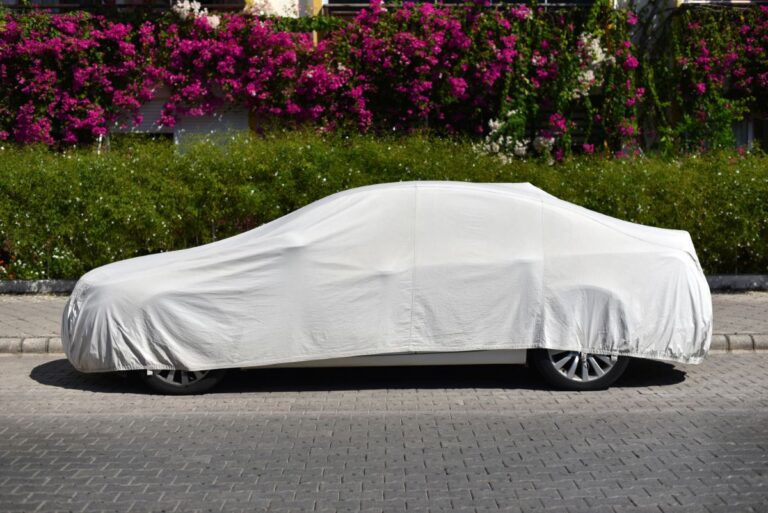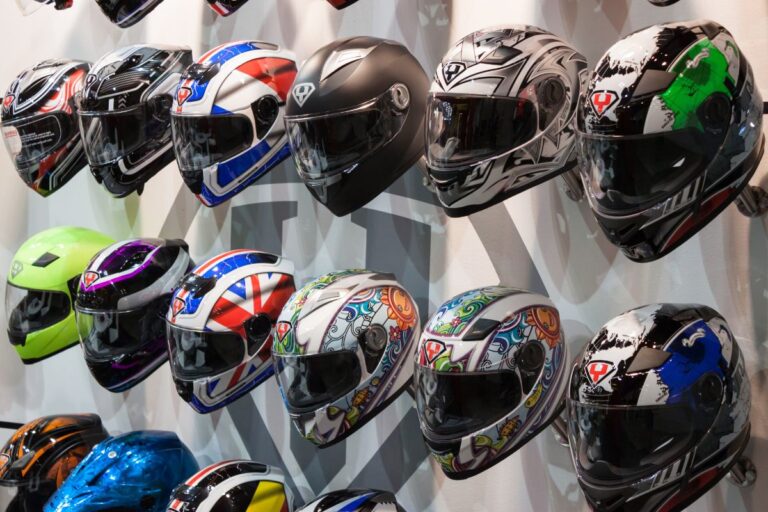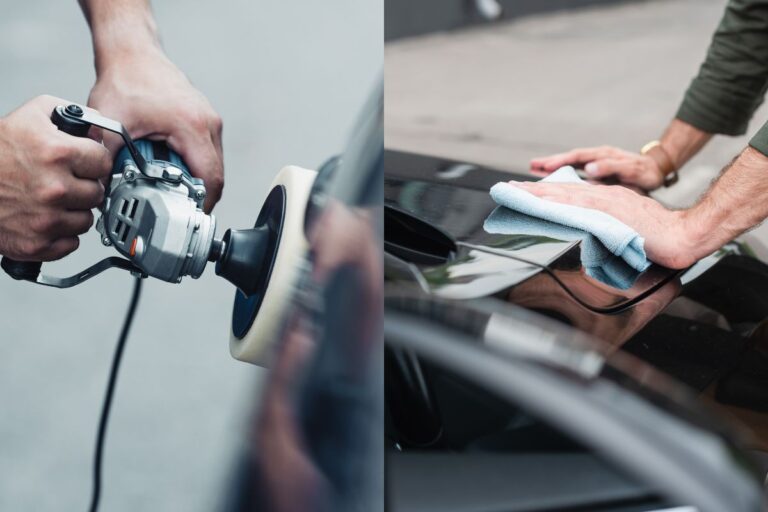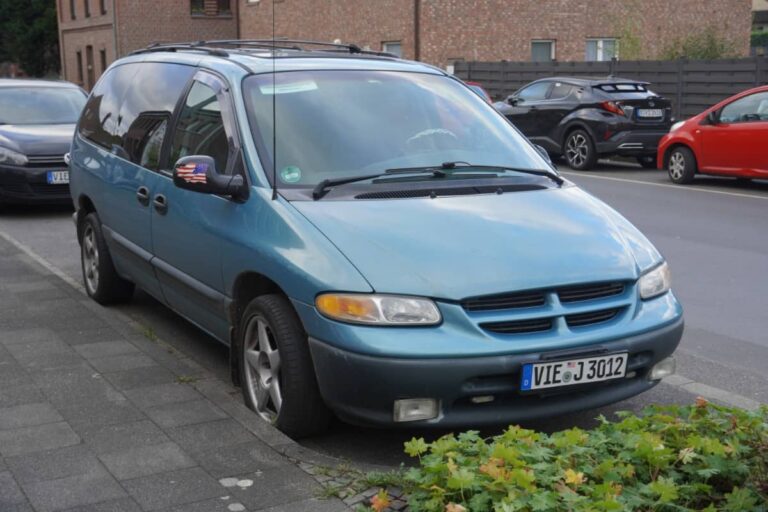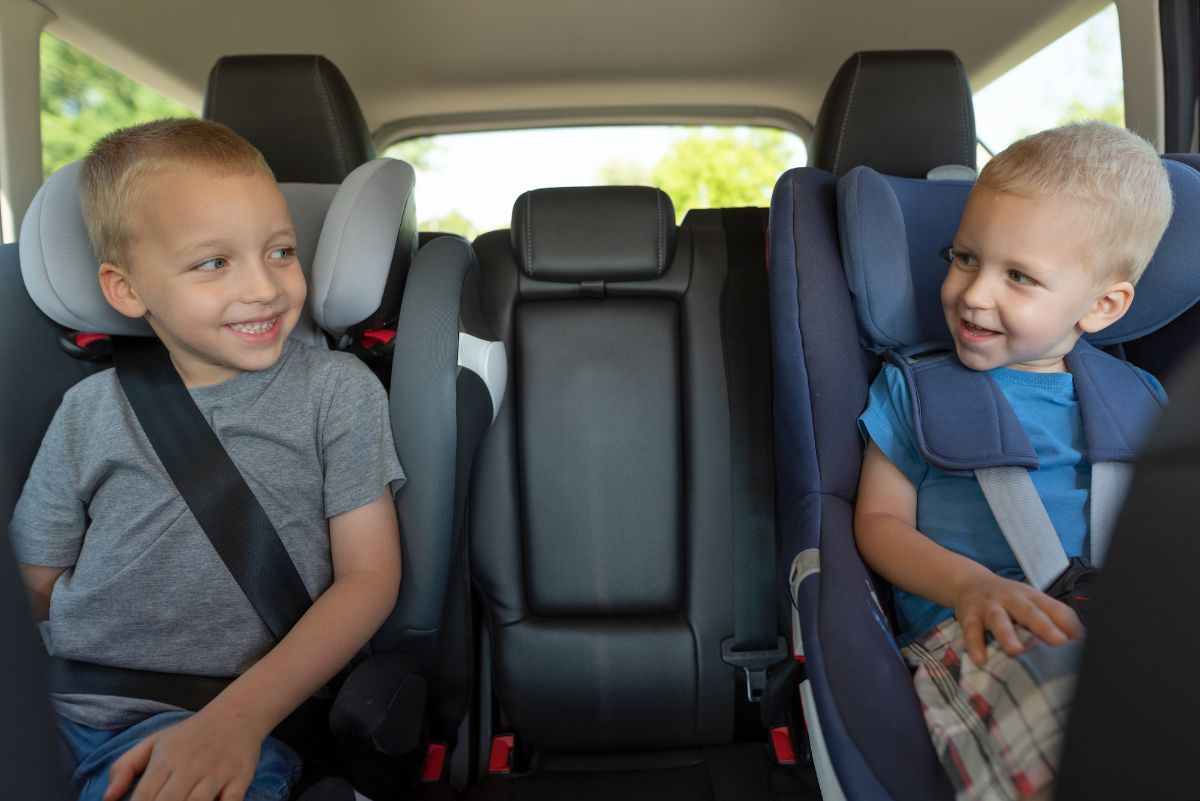
The safety of your child is of the utmost importance. They are young and vulnerable, and it is your job to protect them against danger.
There will be many occasions in which you will need to take your child in the car with you as you travel from place to place. When they are newly born, putting them in a car seat will do.
They will eventually outgrow their car seat harness, but will not be ready to sit directly in a back seat. At this point, you should transition to a booster seat.
What is a booster seat?
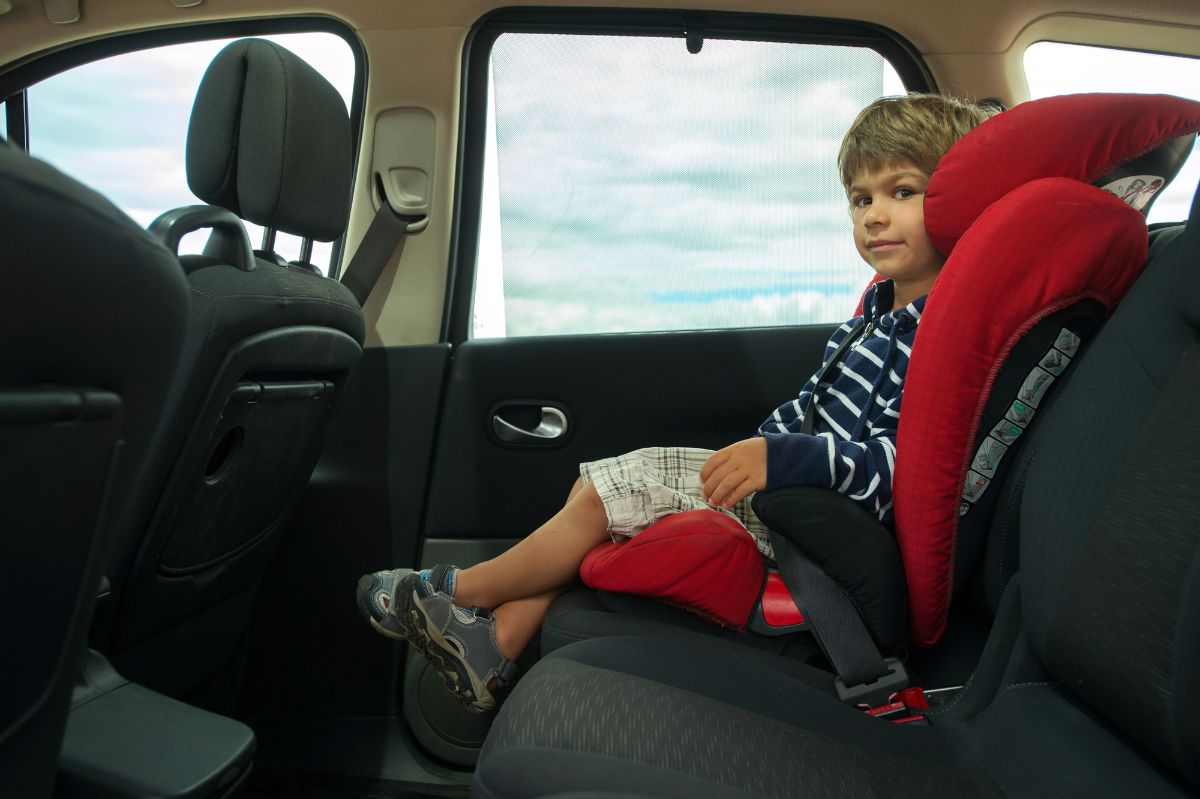
A booster seat is engineered to prevent your child from being injured in the event of a car crash. The best booster seats are designed to provide the maximum level of safety and comfort.
They come with a range of features that are designed to suit older children, including Active Heat Restrain and expandable side wings. Most states have laws that mandate the use of booster seats for older children.
Such laws are based on facts derived through extensive research. It has been well-established that children 4 years and older still need protection when traveling in a car.
In most states, kids between the ages of 4 and 7 must be secured in a child booster seat.
What to Look for in a Booster Seat?
There are many kinds of booster seats on the market. But you should not be guided by what the brands have to say about their seats. You should instead know what you are looking for.
Here some things you should consider:
Height and weight limits
All booster seats come with minimum and maximum height and weight specifications. Before you purchase a booster, you should ensure that your child fits within these ranges.
Seat adjustments
It is best to purchase a booster seat that offers neck and back height adjustments.
Easy to clean
Children being children, there will be spillage of food and drink. You definitely want to buy a booster seat that is fitted with removable seat covers that can be laundered in a washing machine.
Design
You need not neglect your sense of taste and style after you have a kid. Booster seats come in a range of colors and patterns.
They also come with a range of accessories such as cup holders and snack trays. You should select a design that complements the interior of your vehicle.
Types of Booster Seats for Kids
There are 3 main types of booster seats: high back booster seats, combination harness-to-booster seats, and backless booster seats. Here are the details on them:
1. Backless booster seats
This type of booster seat includes a cushion that raises your child off the seat to put them in a better position to be belted in. Some backless boosters are secured to the seat with a LATCH system.
If you plan to use this kind of seat, your child’s ears should be in line with the top of the vehicle’s seat back. This is the best way to protect their head and neck from injury. This type of booster should only be used in a car with headrests.
Backless boosters are lightweight, compact, and inexpensive. It is perfect if you have a small family and small cars. It is also great if you have multiple vehicles and need to move the car seat between them.
This type of booster seat is also preferred by older children, as it strikes them as being less “babyish”.
2. High back booster seats
This seat provides an extra level of protection. It contains shock absorbing side bolster that wrap around your child’s head and neck.
The model that you buy should come with a guide that shows you how to correctly position the vehicle’s seat belt across your child’s chest, shoulder, and hips. In some instances, these boosters are also secured to the vehicle’s seat with the LATCH system.
This type of booster seat has been thoroughly tested and the results are encouraging. They show that it significantly reduces the risk of whiplash and other injuries.
This makes the high back booster seat the safest choice if you have children who still require a belt-positioning booster and head support.
3. Combination booster seats
This booster seat combines features of a high back booster with the added protection of a removable five-point harness. Putting your child in a five-point harness will give them excellent protection in the event of a crash.
A combination booster seat can accommodate smaller children who have outgrown their convertible seat.
History of Booster Seats
It all began in the early 20th century. There was no means of accommodating such a device in the earliest motor vehicles.
Indeed, it was unsafe for young children to ride in any car produced in the first two decades of the last century. This began to change in the 30s. As vehicles became larger and more robust, it became possible to carry small children in them.
The original child seats were little more than burlap sacks with a drawstring that hung over the headrest on the passenger seat. The first company to make a proper booster seat was the Bunny Bear Company in 1933.
It was quite basic and had none of the structural features that actually protect children from crash injuries. It essentially propped kids up so parents could keep an eye on them.
The booster seats that came out in the 40s were little better. They were designed to prop children up in the front seat so that they could get a better look out the window.
It was not until the early 60s that manufacturers starting thinking of booster seats as safety devices. Helen Ames, a British mother and journalist, is credited with being the first person to argue openly for booster seats that could keep small children safe.
In 1955, she filed two patents for a 5-strap safety harness made of British Nylon to restrain kids without doing them harm. The harness was tamper-proof and had a quick release buckle.
This design provided the basis for all subsequent booster seats—up to and including the models used today. Leonard Rivkin, a retired American civil engineer, designed the first iron-framed booster seat.
In 1964, a Swedish professor named Bertil Aldman designed a rear-facing booster car seat. This tradition continues to this day. Swedes tend to strap their kids in rear-facing car seats. By law, they must do so until the child is 4.
As the size, speed, and sheer number of vehicles on the road grew, parents became ever more concerned about the safety of their children. This led to the further development of booster seats. It also led to the regulation of them.
In 1971, the National Highway Traffic Safety Administration set the first federal standards for booster seats. These laws mandates that all such seats incorporate a safety belt to hot it into the vehicle and a harness to hold the child in the seat.
By 1979, the states started passing their own regulations. Tennessee was the first state to do this. By 1985, all states had laws regulating the production of child booster seats.
Frequently Asked Questions
Why are booster seats important?
Motor vehicle crashes are the leading cause of death and injury for all children. This is a shocking fact, but it is a result of handful of people who refuse to take proper precautions when they have a child in the car.
Booster seats reduce the risk of nonfatal injuries by 45% among 4 to 8 year old. Booster seats work.
They work because they contact the strongest parts of the body, spread the force of a crash over a wide area, prevent the body from lurching violently forward, and protect the brain and spinal cord.
Which booster seat should I buy?
This will greatly depend on the size of your vehicle, the number of cars you have in your family, the size of your child, and many other things such as price, design, and style.
The most important thing to ensure is that the booster meets federal safety standards. As a rule of thumb, the best car seat is one that fits your child, fits your vehicle, and fits your budget.
When is my child ready for a booster seat?
This is a very good question. The answer is not always obvious. First things first. You should not rush to move your child to a booster seat before they are ready.
The thing to keep in mind is that the graduation of your child to a booster seat means a reduction in the level of protection for them. You should try to keep them in a child seat for as long as possible.
This is no longer tenable when your child has outgrown their child seat harness, which tends to happen between 40 and 65 pounds and when they become at least 35 inches tall. Here are some of the other indications that your child is ready for a booster seat:
- They cannot sit with their back against the vehicle seat with their knees bending at the edge of the seat cushion without slouching
- They do not fit properly in the vehicle belt system
Are booster seats safer than seat belts?
The short answer is yes. Your child will not be ready for a seat belt until they are at least 8 years old. Indeed, adult safety belts—and these are all vehicles are equipped with—are designed for 165-pound male adults.
Your child is unlikely to even approach this weight until they are 8 years old. If they use a seat belt before they are ready, it can actually add to the injuries they might sustain in a crash.
A belt that does not fit properly can ride up your child’s stomach and cause internal organ damage and head and neck injuries.
Booster seats help raise your child to a position where the lap portion of the safety belt can cross their hips and upper thighs and the shoulder belt can cross your child’s chest and collarbone. This will give them proper protection in the event of a crash.




